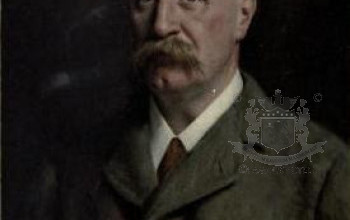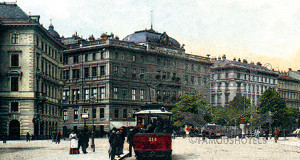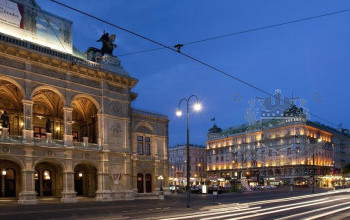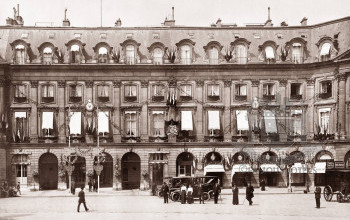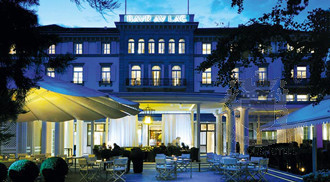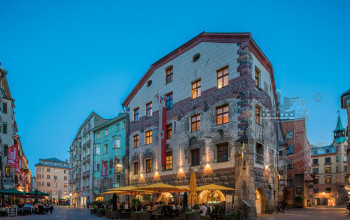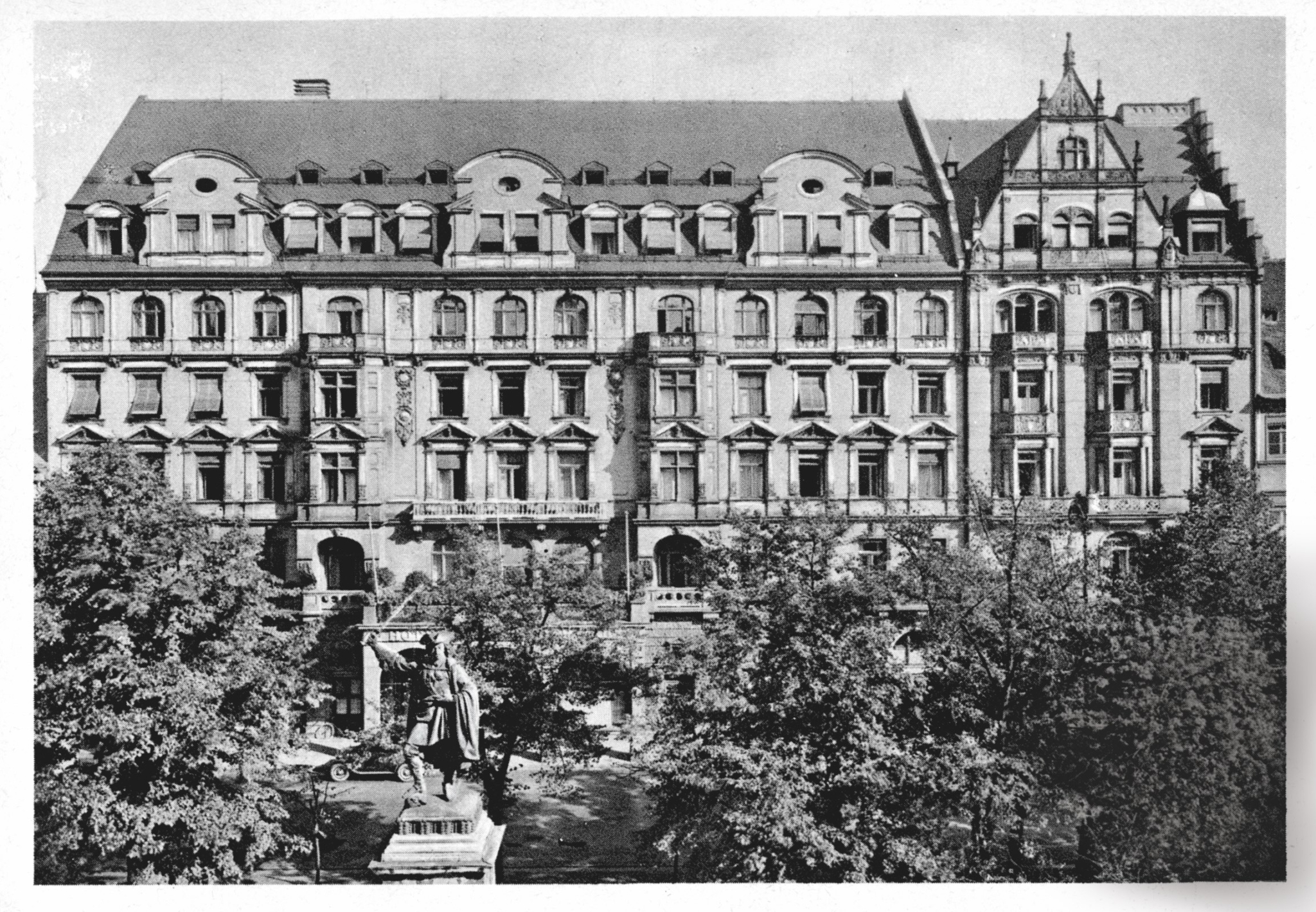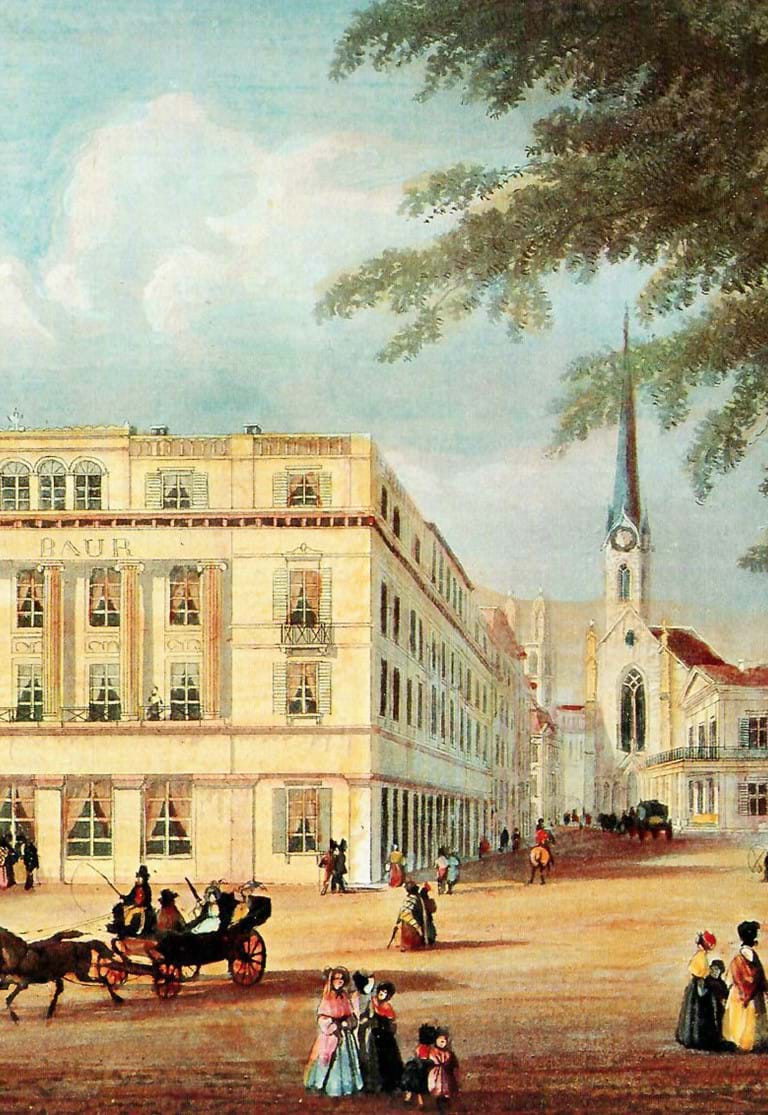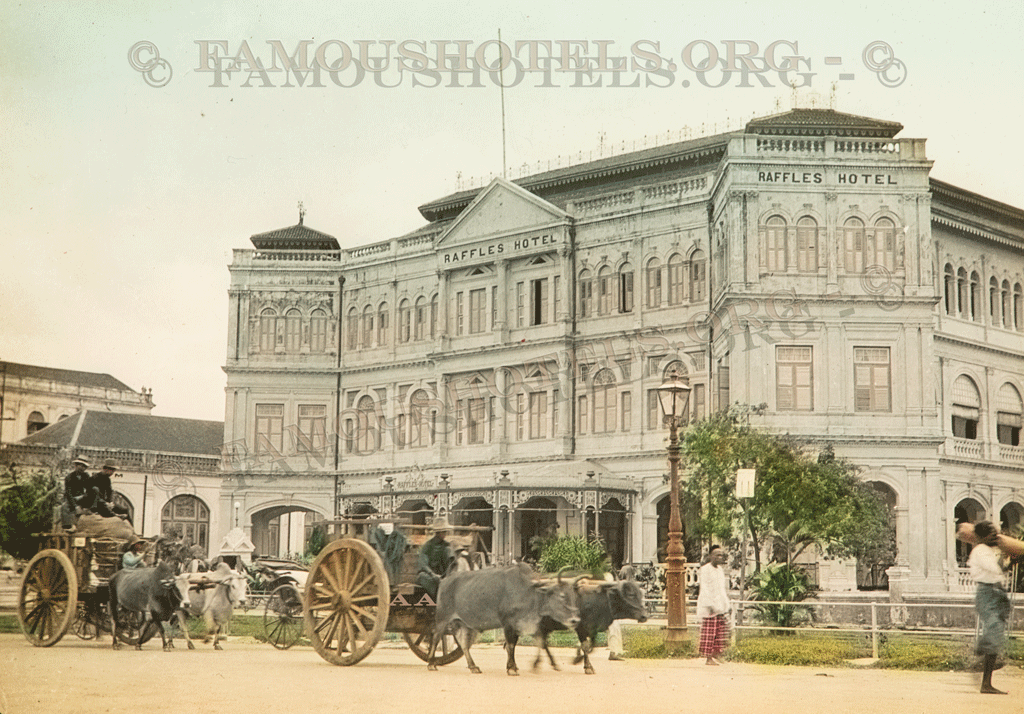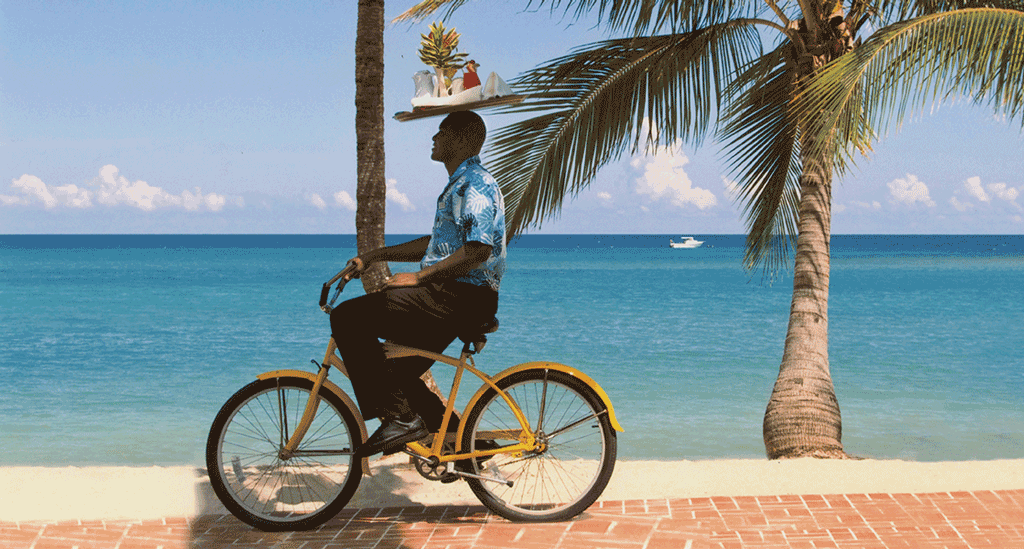Tracks - Arlberg/Culture of Skiing
( words)
BOOKREVIEW:
The origins of tourism: Skiing
By Andreas Augustin
The Austrian mountain resort Lech in the western alpine region of the Arlberg mountains can certainly claim that it can hold book presentations at an outstanding level. This time at 2333m on the summit of the Rüfikopf.
What an evening! Outside a scenic sunset bade farewell to the full moon. Inside the Kästle Ski Museum of Austrian ski producer Kästle, a brave crowd has gathered to launch "Tracks - the Arlberg and the Culture of Skiing".
Legends first. In September 1864 James Badrutt, Swiss hotel pioneer from St. Moritz started the legendary wager with four British summer guests that the sun is shining above the clouds at St. Moritz and that they could walk around in their undershirts during the winter. He offered them to return to St. Moritz in winter as his guests, and if things were not to their liking, he would also bear the cost of their journey from London and back. On the other hand he would invite them to stay as his guests for as long as they wished. Of course, we accept the verity of Johannes Badrutt’s assertion, so it comes as no surprise that his British guests didn’t depart until springtime, replete with suntans, and enthusiastically recounted their Alpine winter experience at the Hotel Engadiner Kulm to friends back home. The winter season in the Alps was born.
But for the Britons and the rest of us, everything is nothing without sports. Now, if the Swiss have created the winter season, the Austrians have given the world downhill skiing.
While no names of the brave Britons have been recorded in the annals of St. Moritz, whether they all received their OBEs or knighthood upon returning from their under-cover and above-the-clouds expedition, the Austrian alpine history has a lot to do with downhill movement.
From the newly launched book "Tracks - the Arlberg and the Culture of Skiing" we learn that skiing and ski based tourism have affected the region in a way that reaches far beyond simple sports history and economics. Even the Austrians admit that skiing has not been invented within their (then boundless) borders. The use of long planks called skis dates back to over 1000 years and comes from the snowy Nordique territories. where ‘snow-shoes’ were the only way to cross the plains and hills during a long time of the year.
Now back to Austria and the region of the Arlberg: From ’Tracks ...’ we read about a Norwegian engineer who, in 1885, brought a pair of skis with him while studying the construction of the Arlberg railway mountain line. A few years later, maybe inspired be the Norwegian, the local parish priest Johan Mueller ordered himself a pair of snowshoes, over 2 m long, from Scandinavia. It was subsequently reported in the newspaper, that no one had the scantest idea of how to use them. Mueller somehow rtfm and managed to ski. Sensation! Skis became the common means of transport for doctors, rangers, hunters, priests and postmen, whose daily lives depended on moving from A to B. But this wasn't sking in the current form of leisure and sports.
We are safe to assume that skiing as a form of tourism started around the turn of the century. That's when an already century old institution, the original "Arlberg-Hospiz", received a second lease of life and a new purpose. However, it should take another 50 years to turn it into one of the most luxurious hotels and an heaven of the rich and famous. Please refer to its site on famoushotels.org. In 1901, the Arlberg Ski Club was founded within the venerable walls of the old Hospiz. It is the oldes ski club in the world.
Skiing as competitive sport didn't start before 1905, when in the eastern Austrian province Lower Austria, at Lilienfeld, on 19 March 1905, skiing pioneer Mathias Zdarsky organised the first official slalom race.
Even the adventurous St. Moritz hotelier Badrutt could not have foreseen this (though he was right about the sun). On one photograph in the beautifully illustrated book ’Tracks ...' we discover three skiers, having enormous fun, being on their skis … almost naked. Today sun terraces and sun chairs are a common installation at every high mountain winter resort.
The book's chapters are dedicated to skiing (as in competition), mass sport, skiing during the wars (in military operations), filming documentaries and blockbusters, all shot in the mountains. The book touches the heydays off the superstars of skiing from the region, including the legendary ski racer Karl Schranz. The VIP section is not missing either, showing pictures of the arriving Shah of Persia, legendary millionaires, the Royal family of Monaco, and so forth. The book lives on its rare picture material and a very appealing design, lovingly designed by publisher Rita Bertolini und Birgit Fitz.
The book gives us on over 350 pages a very competent and entertaining overview of the development of skiing in the region of the Arlberg, an estimated 1000 photographs, most of them, published here for the first time. They all talk about that deeply rooted human desire to conquer the snow-covered mountains on two small long planks. And to have fun.
The book is available from the publisher at birgit@bertolini-ldt.com,
//bertoliniverlag.at
Twitter: the book launch coincided with the Austrian Mediasummit 'Mediengipfel',
other hashtags include #lechzuerspromo and #arlberg_Hospiz


